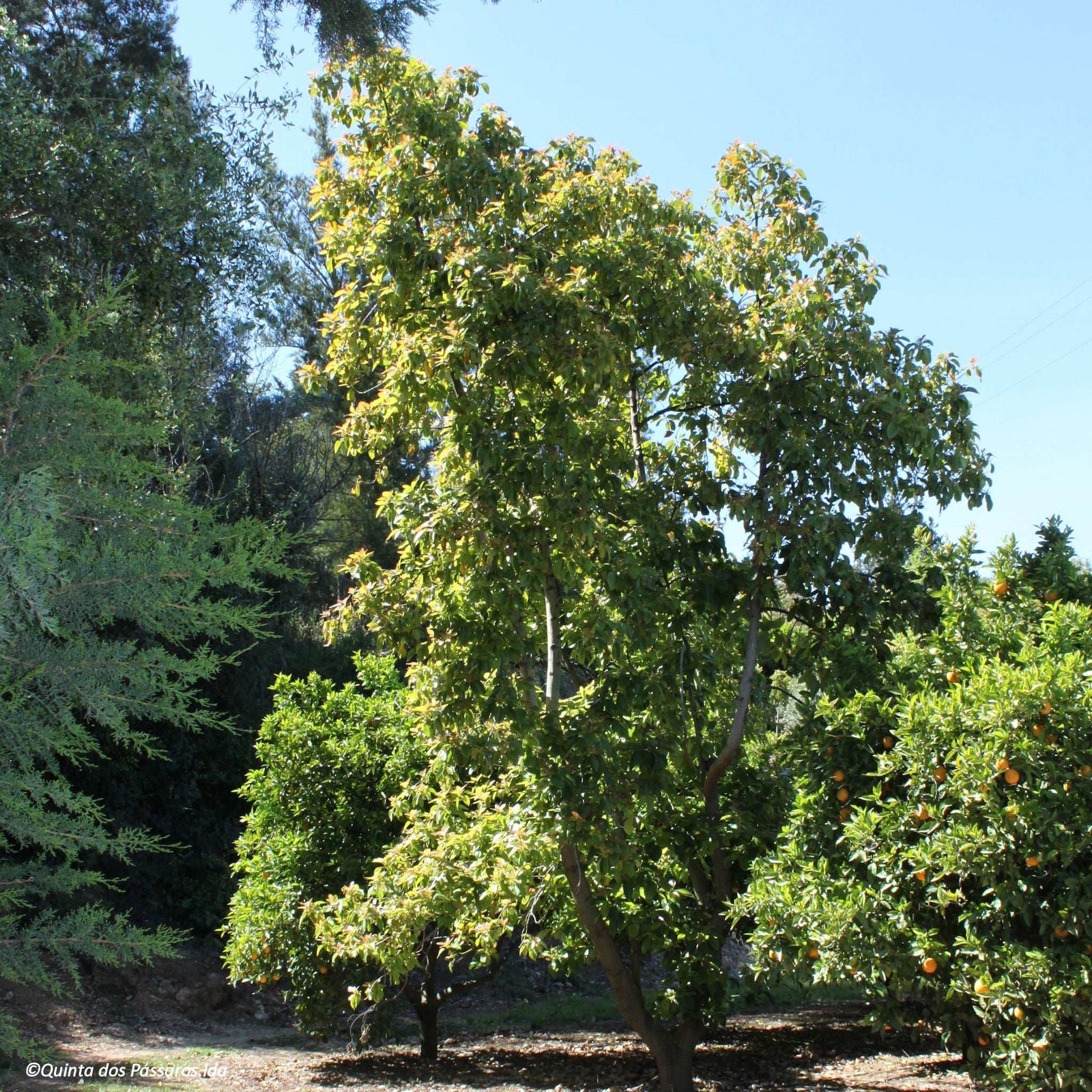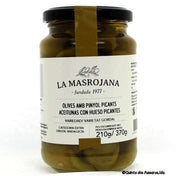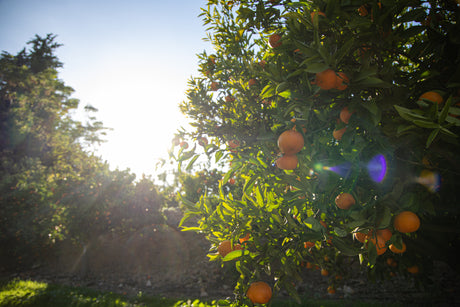How much water do avocado trees need?
Whoever says that avocado trees need a disproportionate amount of water - that's not true!
Our modern irrigation system, drip irrigation , lets us know exactly how much water each tree is receiving.
Our avocado trees receive 50 liters of water twice a week. That's no more than any other fruit tree needs. Since avocado trees are evergreen members of the laurel family, they can withstand even short periods of drought better than many other fruit trees.
Basically, it is a relatively undemanding tree that produces healthy fruit.
Our avocado trees are also irrigated exclusively with rainwater from the Arade reservoir, which is stored during the winter. We don't have any deep wells that would lower the groundwater level.
There are hundreds of varieties, and you will find the most attractive avocado varieties here, such as the Hass variety.
We also have many non-cultivated avocado fruits, which are always good for a surprise.
During the flowering period, thousands of flowers develop, but from several thousand flowers there is only one fruit.
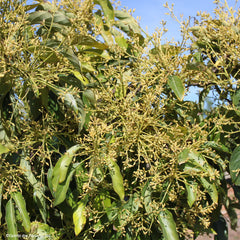
Avocado tree with flowers
Use:
The avocado owes its popularity to its pleasant flavor and its numerous preparation options. It can be used in salads, fruit salads, muesli, sweet, and savory dishes. The recipes are diverse.
To do this, cut the fruit lengthwise. Make sure the fruit is ripe, meaning it yields slightly when pressed, or with some varieties with particularly hard skin, like the Reed avocado, the rattling of the seed indicates the ripeness and is ready to eat. Then remove the stone and scoop out the fruit. It's also possible to peel it with a thin-skinned variety. Avocados are eaten raw. If heated too much, they become bitter.
Main ingredients:
Avocados can contain up to 30% high-quality fats. They also contain mannoheptulose, a special carbohydrate compound that can lower blood sugar levels.
This fat is easily digestible and contains high-quality protein, many minerals and vitamins, especially vitamin E and many B vitamins, vitamin C, provitamin A, lecithin and copper, iron, magnesium, calcium, potassium, lecithin and is therefore valuable for the body's metabolism.
Original origin:
Avocado trees thrive in tropical and subtropical regions. The avocado tree is an ancient Native American cultivated plant that can grow up to 20 meters tall. Avocado trees have been cultivated in Mexico for thousands of years.
The name of the fruit Ahua Quatl comes from the indigenous people of South America and means “butter from the forest”.
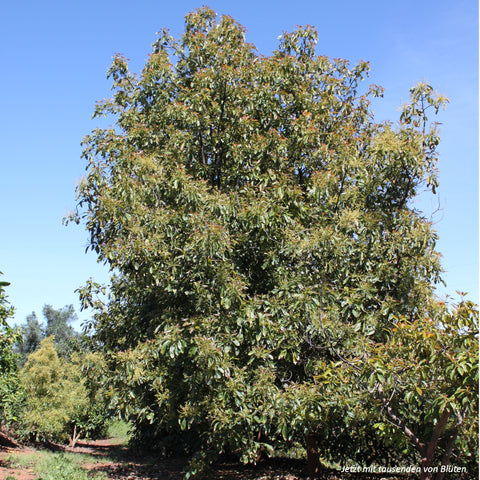
Consumption suggestions:
1. Cut into pieces, in green salads.
2. Cut into pieces in fruit salads.
Combines wonderfully with kiwi, oranges, bananas... and more.
3. As a sweet smoothie, like in Brazil. Avocados blended with sweetened condensed milk in a blender.
4. For guacamole: Mash ripe avocados with a fork. Add salt, pepper, and finely chopped garlic. Mix everything together. Enjoy as a dip or spread.
5. In muesli: Enrich the traditional fruit muesli with small pieces of avocado.
6. Simply season the avocado with a little salt and scoop it out.
7. You can also enjoy avocado with a little port wine instead of salt.
There are countless avocado recipes. These are just a few suggestions for the most common and easiest ways to eat them.

